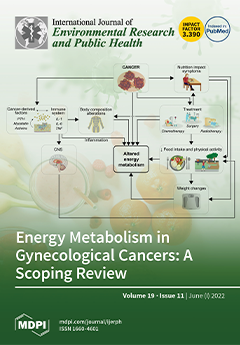Background: A lack of health literacy may negatively impact patient adherence behavior in health care delivery, leading to a major threat to individual health and wellbeing and an increasing financial burden on national healthcare systems. Therefore, how to cultivate citizens’ health literacy, especially electronic health (eHealth) literacy that is closely related to the Internet, may be seen as a way to reduce the financial burden of the national healthcare systems, which is the responsibility of every citizen. However, previous studies on medication adherence have mostly been conducted with chronic disease patient samples rather than normal samples. Teachers are not only the main body of school health efforts, but also role models for students’ healthy behavior. Therefore, understanding differences in eHealth literacy beliefs among schoolteachers would be helpful for improving the existing health promoting programs and merit specific research.
Aims: The present study identified the relationships among gender, age, electronic health (eHealth) literacy, beliefs about medicines, and medication adherence among elementary and secondary school teachers.
Methods: A total of 485 teachers aged 22–51 years completed a pen-and-paper questionnaire. The instruments included an eHealth literacy scale, a belief about medicines scale and a medication adherence scale.
Results: The results showed a significant difference between genders in necessity beliefs about medication (
t = 2.00,
p < 0.05), and a significant difference between ages in functional eHealth literacy (
F = 3.18,
p < 0.05) and in necessity beliefs about medication (Welch = 7.63,
p < 0.01). Moreover, age (
β = 0.09), functional eHealth literacy (
β = 0.12), and necessity beliefs about medication (
β = 0.11) positively predicted medication adherence, while concerns about medication (
β = −0.23) negatively predicted medication adherence.
Conclusions: The results showed that male teachers had stronger concerns about medication than female teachers. Teachers aged 42–51 years had lower functional eHealth literacy and stronger necessity beliefs about medication than teachers aged 22–31 years. In addition, teachers who were older, had higher functional eHealth literacy, had stronger necessity beliefs about medication, and had fewer concerns about medication tended to take their medications as prescribed. These findings revealed that helping teachers develop high eHealth literacy and positive beliefs about medicines is an effective strategy for improving medication adherence.
Full article





